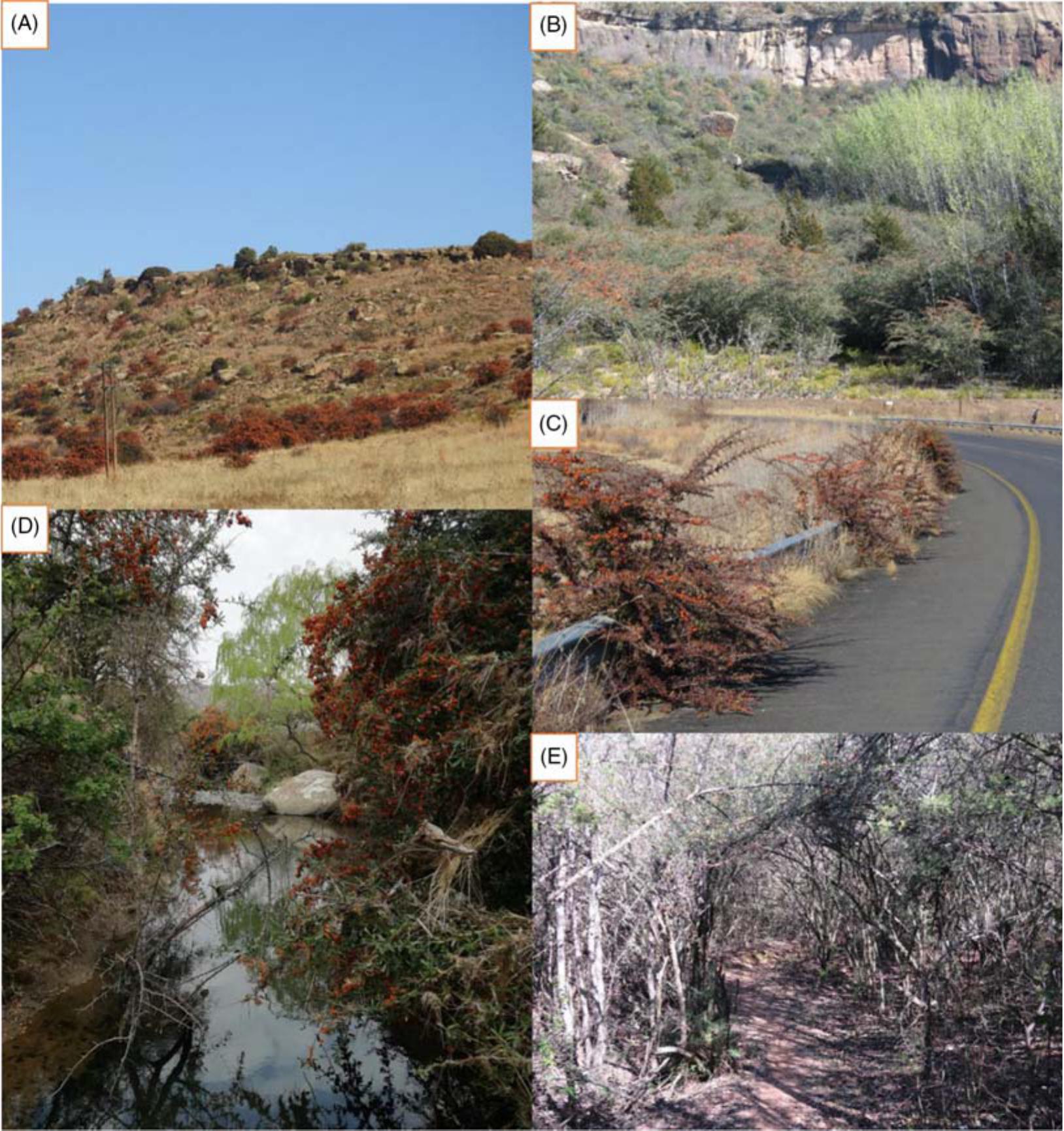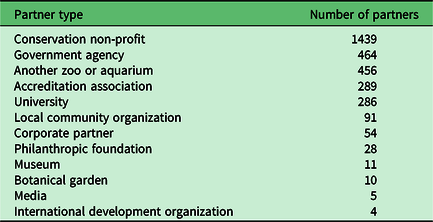
These are “un-mouse-like” tasks that appear to be of little intrinsic interest to the average mouse. The efficiency of their maze learning compares to what appears to be slow, tedious and ineffective learning of what are known as “two-alternative-forced-choice (2AFC)” tasks, tasks that can take months for mice to “master” ineffectively.

They rapidly mastered these tasks and the progression in their mastery was often characterized by what might be termed a “eureka moment”, a point when their behavior becomes significantly more goal oriented and efficient. Even more striking, the mice were extremely efficient at finding their way back home (navigating their way out of the maze) when they wanted to, making few miss turns. They quickly found a water source located within the maze and learned to remember its location. In other cases, the mice were mildly deprived of water. This reflects their spontaneous behavior.
DR ADAMS ZOO BIOLOGY FREE
In these studies, the mice were tracked in the absence of human intervention the mice were free to stay in their cages, or enter and explore the maze – and explore it they did, completely and efficiently. Within this system they are challenged to find water (when thirsty) and their way home when they decide to go home. A dark maze mimics such a case, the exploration of an underground burrow system.

Mice in a labyrinth: Rapid learning, sudden insight, and efficient exploration) one take home message is that mice learn remarkably quickly if the tasks they are presented with “make sense” to them, that the task reflects something they would be expected to master naturally. If I correctly understand the implications of the work from Markus Meister’s lab (Rosenberg et al 2021. They provide a parable about what matters in education.
DR ADAMS ZOO BIOLOGY HOW TO
The Welwitschia bug, which lacks two of the symbionts typical of other firebugs, may give us clues about the evolution of symbiosis and food specialization in the Pyrrhocoridae.It might seem a stretch to claim that experimental observations on how mice navigate a maze in the dark, in a laboratory can provide meaningful and actionable insights into how to improve the design of undergraduate science courses, but that is my claim. This bug feeds on a very strange plant, Welwitschia mirabilis, which is not a member of Malvales and only exists in the Namibian desert. I'm working on a firebug species, the Welwitschia bug Probergrothius angolensis, which represents a basal split in the firebug family. These symbionts supplement vitamins lacking in the firebug diet and may also be involved in detoxifying compounds present in Malvales seeds. Firebug ancestors maintained infections with environmentally acquired Burkholderia bacteria, but firebugs apparently evolved a food-niche specialization on Malvales plant seeds through acquisition of a new set of bacteria often composed of Coriobacterium, Gordonibacter, Klebsiella and Clostridium. My current postdoctoral work at JGU represents a topic shift to nutritional interactions between firebugs (Pyrrhocoridae) and their gut microbiota.

My work involved examining variation in pea aphid resistance to parasitic wasps which can vary depending on aphid genotype, species of attacking parasitic wasp, and strain of H. One of these symbionts, Hamiltonella defensa, protects aphids from parasitic wasps by killing wasp larvae before they can complete development inside the host aphid. During my PhD at the University of Georgia I studied pea aphids ( Acrythosiphon pisum) which are often infected with several types of bacteria that can influence their ecological interactions.

I'm interested in how symbiotic microbes influence the ecology and evolution of their host insects.


 0 kommentar(er)
0 kommentar(er)
